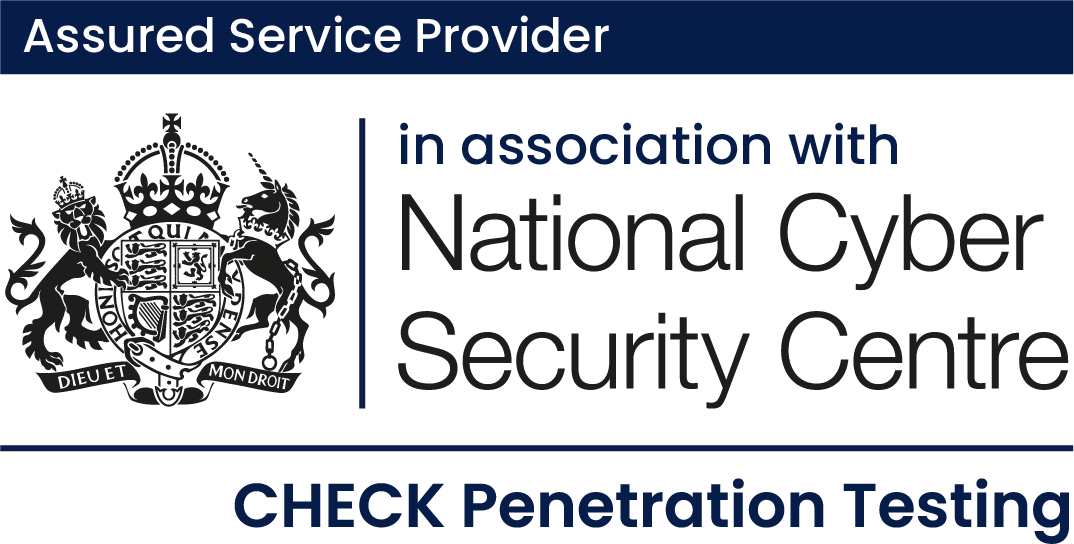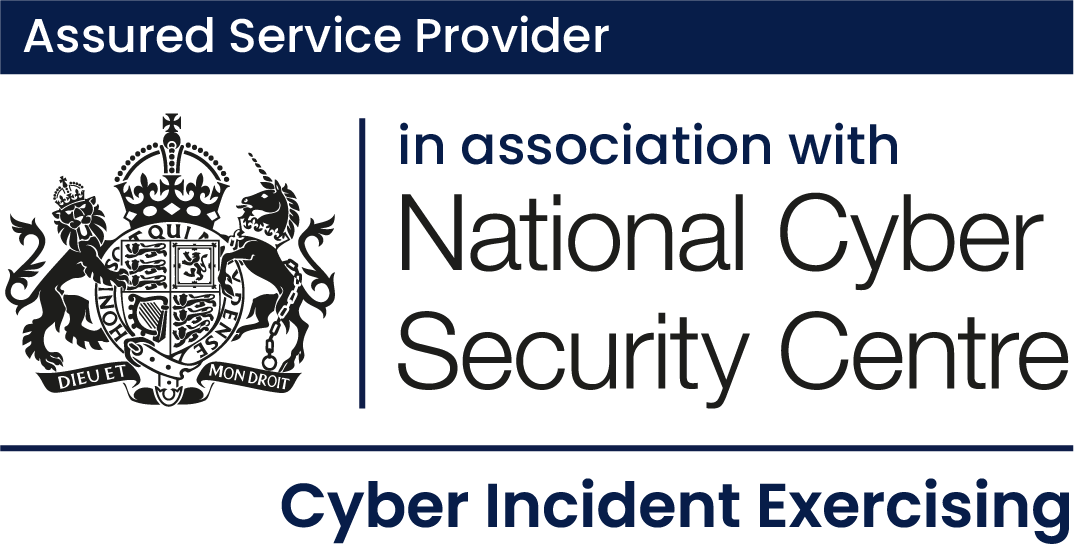A physical red team (breach) test is a real-world simulation of a physical breach. Think: tailgating into a secure office, picking locks, planting rogue devices, or accessing server rooms without authorisation. Unlike standard security audits, red teamers think and act like real adversaries – covertly probing for the weakest link in physical security protocols, policies, and human behaviour.
We get asked on occasion to test organisations for this sort of breach (far too few organisations actually want this tested). This is because they understand that whilst most of their threats may try to come in through digital means, a physical approach can be more impactful, and easier to deliver. Some of the reasons we’ve seen for wanting to deliver this of test include:
Helpful Staff
No matter how high-tech your access control systems are, they mean little if an attacker can simply follow an employee through the door (a practice known as tailgating). Physical red team tests highlight how susceptible staff can be to social engineering tactics like impersonation, fake deliveries, or authoritative-sounding pretexts.
Exposed infrastructure
Access to a single unsecured port in a server room or conference space can allow attackers to plug in malicious devices (like a Raspberry Pi or Bash Bunny), potentially leading to full network access. Red teamers often demonstrate just how quickly digital perimeters can be bypassed through a physical route.
Security Culture
Physical red team tests uncover issues beyond technical flaws: they reveal complacency, unclear protocols, and lack of awareness. When employees don’t challenge strangers, or when policies are not enforced in practice, that’s not just a failure of security—it’s a cultural problem.
Regulatory Pressure
As industries face stricter compliance requirements (e.g., NIST, ISO 27001, PCI-DSS), physical security is increasingly scrutinized. Some cyber insurance providers also now assess physical controls when pricing policies. Demonstrating that you’ve tested—and improved—your physical defences can reduce both regulatory risk and insurance premiums.
Actionable & Demonstratable
Unlike hypothetical risks or compliance checklists, red team results are concrete. They show exactly how an attacker got in, what assets were accessed, and where the defences broke down. These tests offer practical insights to improve training, upgrade systems, and harden physical defences.
Delivery of Testing
Before any physical red team test begins, legal authorisation is essential. Organisations should work with reputable providers who:
· Ensure written authorisation from executive leadership
· Clearly define the scope, targets, and rules of engagement
· Handle data collection, privacy, and evidence retention with care
· Respect employee dignity and avoid unnecessary disruption
This not only protects the business and the testers but ensures the activity remains ethical, controlled, and defensible.
At Prism Infosec, we not only have experience of conducting these sorts of engagements in a legal and risk managed way, but we also can provide advice, guidance and executive support in understanding and mitigating these sorts of threats.
If you would like to know more, please reach out and contact us:
Prism Infosec: Cyber Security Testing and Consulting Services















